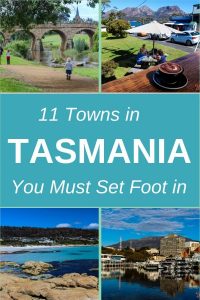A world wall map can have a range of benefits, from the cultural and social to the geographical and educational. This article presents an overview of the cultural and social impacts that maps have on people.
Child's Play
Children love to use their imagination and play games where they pretended to be someone or something. Children can use world maps to pretend they live in another country and imagine what life would be like in a different continent, with a different climate and different neighbouring countries. It helps children to appreciate and understand that life may be very different in other countries to what they are familiar with. Countries near the equator will be hotter and there will need to be adaptations in living conditions. By looking at a world map, adults too can let their imagination run wild. Whether for planning a trip or a holiday or simply looking at the distance between countries, a wall-map of the world is key for sparking the imagination.
A Scene of Relativity
World wall maps can provide an interesting perspective on the world we live in. Not all world maps are in the standard format we are used to with the Northern Hemisphere in the top the map, with the Americas on the left (West) and China and the Indonesia on the right (East). There are some interesting world maps which are formatted in a different way. The Pacific Centred wall map Europe and the Americas on separate sides of the map. There are also upside down style maps of the world where the southern Hemisphere is now in the north of the map, and countries like Australia, Brazil, and South Africa are now in the northerly part of the map.
By looking on a world map at the area you live in, you can clearly see what countries and geographical features are around you which give a scene of relativity.
Social Talking Point
People find maps comforting as it gives them some grounding and something familiar to look at. World maps instantly draw people in to look at them. They notice where they live, where they have traveled and where they are currently. Even if they have seen a world map countless times before, there is sure to be something people see every time they look at a map. People comment on the different styles or designs of maps, colors used or the size and finish of a map.
If you are putting people in a room where they might know each other, a map can act as a catalyst to start a conversation.
